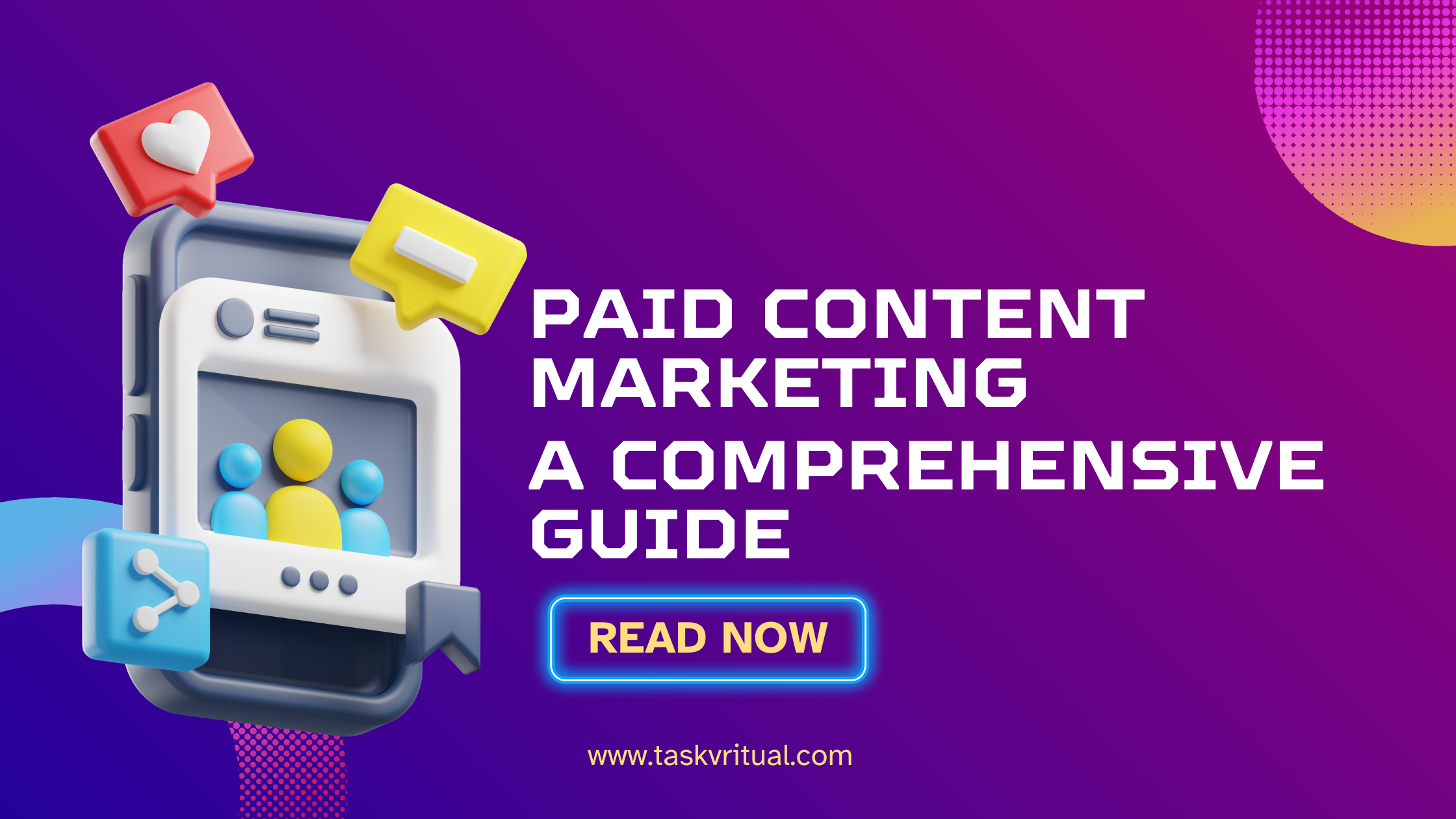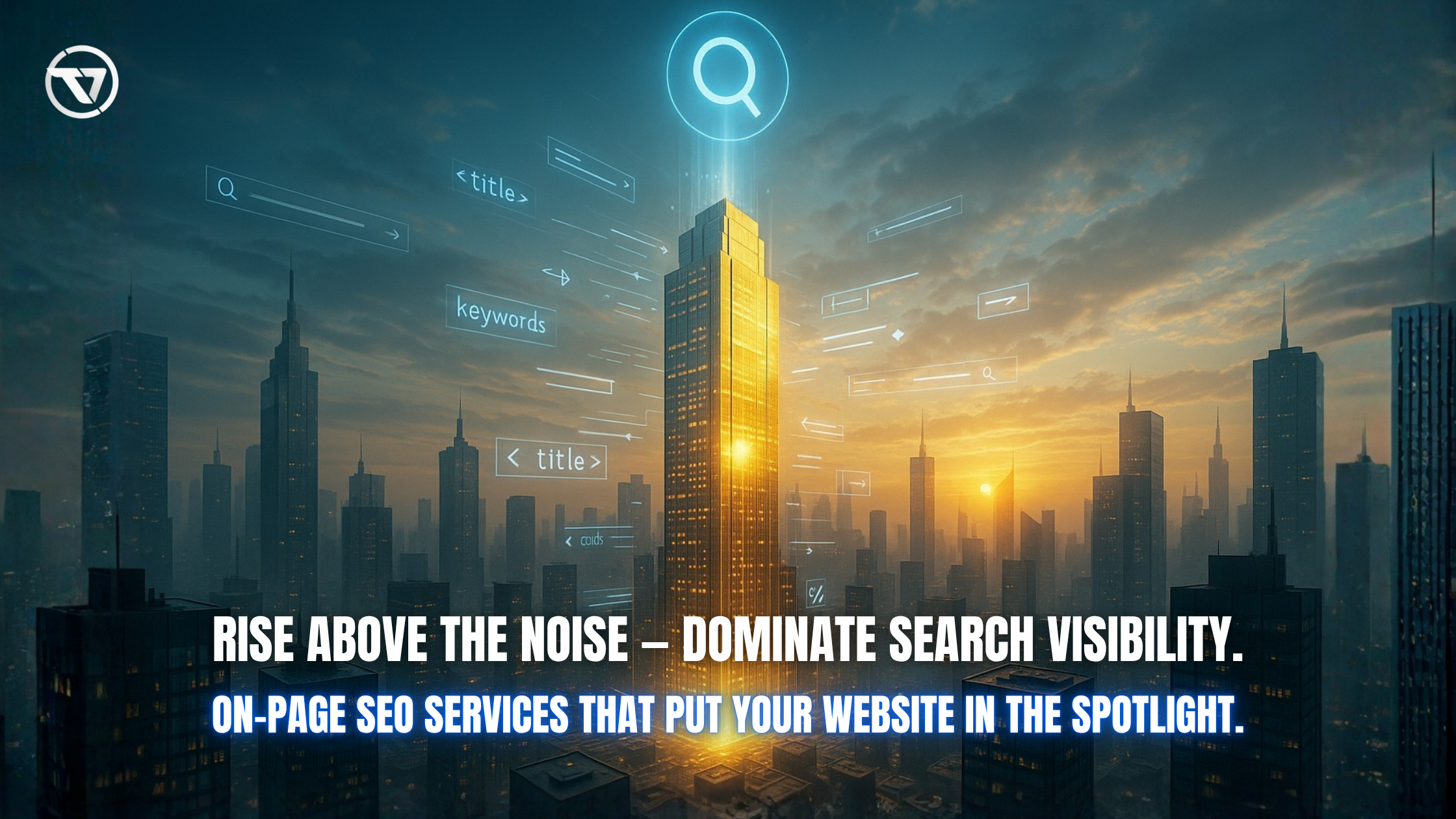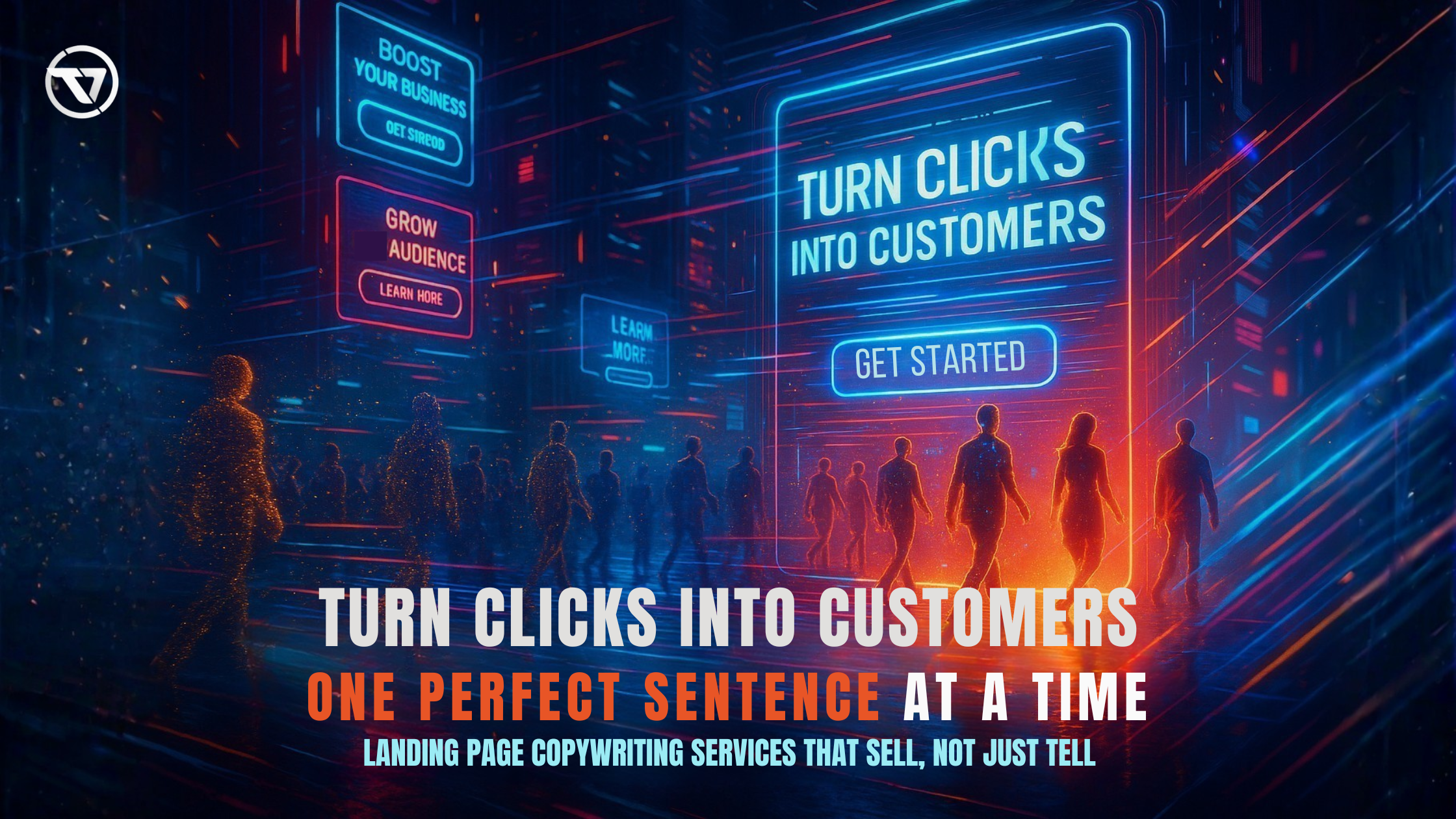
Paid Content Marketing: A Comprehensive Guide
Paid content marketing is an essential strategy for businesses looking to expand their reach, drive conversions, and establish authority in their industry. With evolving consumer behaviors and marketing trends, brands are allocating significant budgets toward paid content distribution to maximize their impact.
According to recent statistics, 82% of companies utilize content marketing strategies, with 73% of B2B and 70% of B2C marketers actively implementing them (DemandSage). As the landscape continues to shift, understanding the nuances of paid content marketing is critical for success.
What is Paid Content Marketing?
Paid content online marketing involves promoting content through paid channels such as social media ads, sponsored articles, influencer collaborations, and native advertising. Unlike organic content marketing, which relies on unpaid distribution, paid content marketing ensures immediate visibility and engagement with target audiences.
Why Invest in Paid Content Marketing?
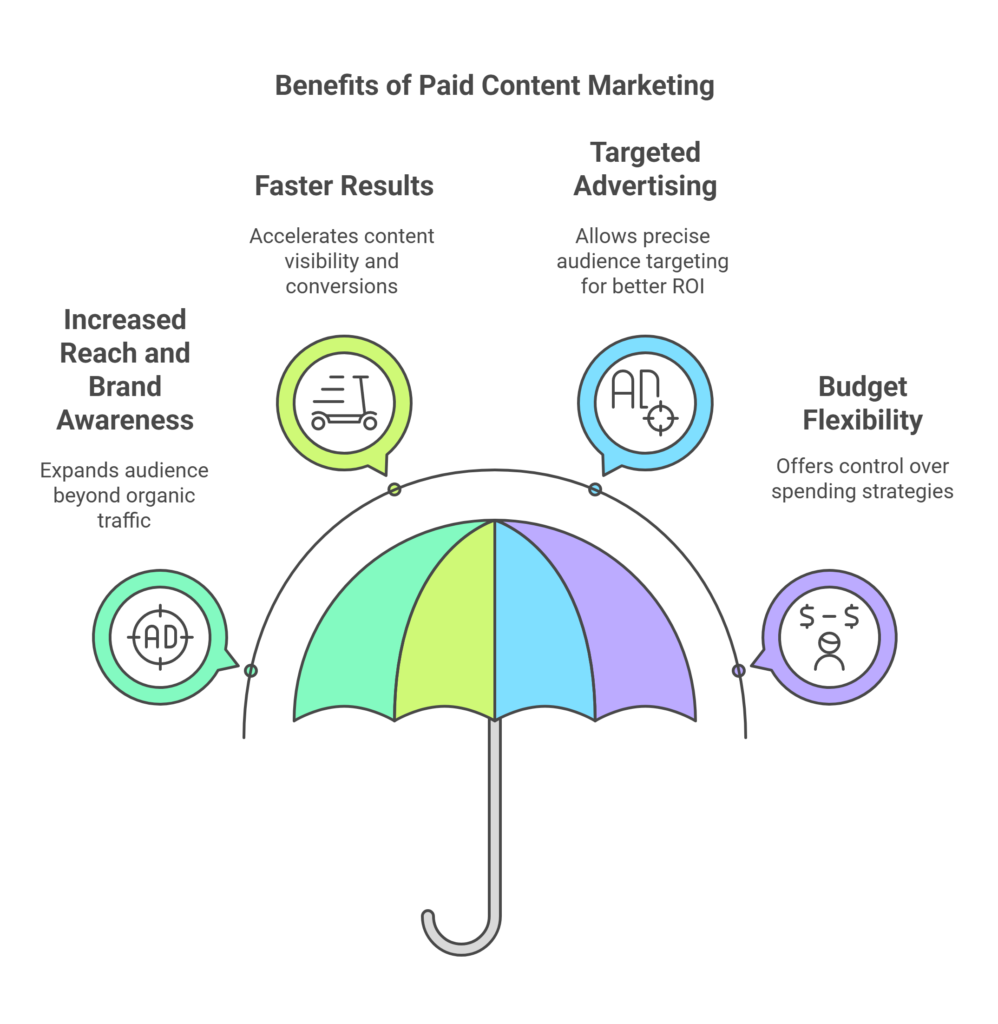
1. Increased Reach and Brand Awareness
One of the biggest advantages of paid content marketing is the ability to reach a broader audience beyond organic traffic. By utilizing paid channels, brands can ensure their content is seen by potential customers who might not have found them otherwise.
2. Faster Results Compared to Organic Marketing
Organic content marketing takes time to build momentum. Paid online content marketing accelerates this process by placing content in front of the right audience instantly, leading to quicker conversions and ROI.
3. Targeted Advertising for Better ROI
Paid content marketing allows for detailed targeting options based on demographics, interests, and behaviors. This ensures businesses reach the right audience, resulting in a higher return on investment.
4. Budget Flexibility
With various platforms and strategies available, businesses can control their spending. More than 54.5% of businesses plan to increase their content marketing budget in 2024, demonstrating its growing importance (DemandSage).
Types of Paid Online Content Marketing
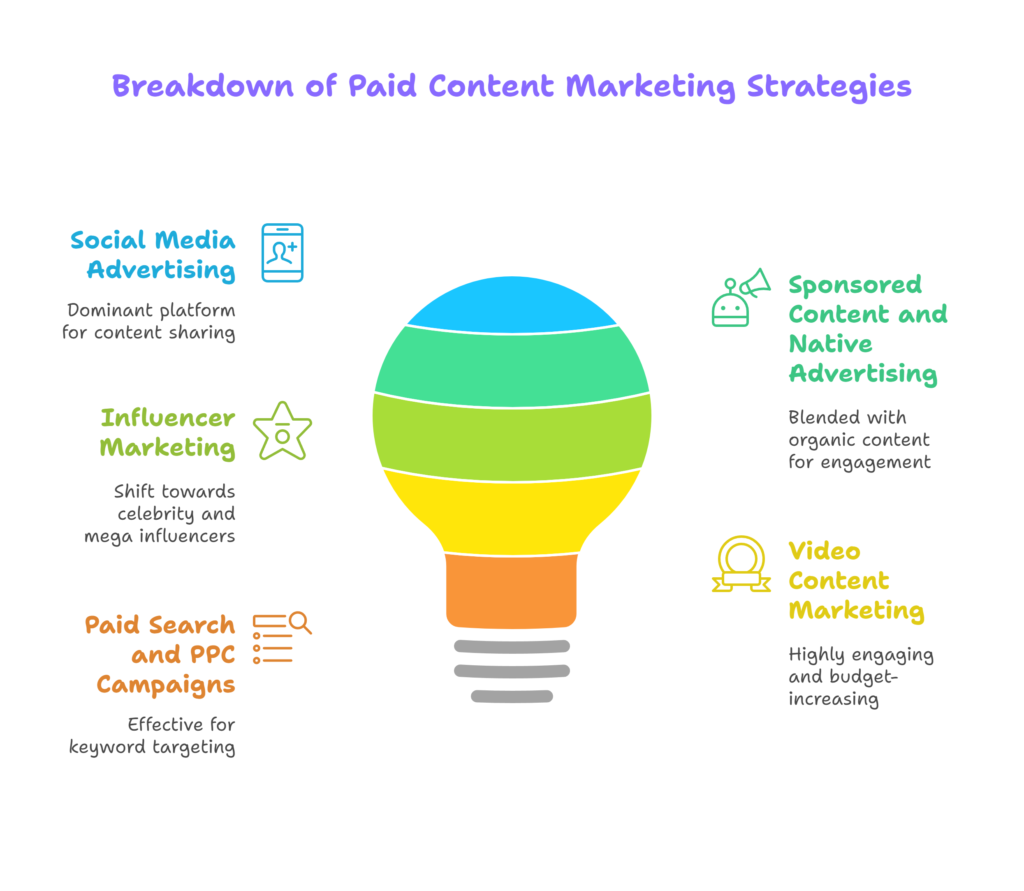
1. Social Media Advertising
Social media remains the dominant distribution channel, with 90% of marketers using it to share content. Platforms like Facebook, Instagram, LinkedIn, and Twitter offer paid options for boosting posts, running targeted ads, and promoting video content (DemandSage).
2. Sponsored Content and Native Advertising
Sponsored content is branded content published on third-party websites. Native advertising blends seamlessly with organic content, increasing engagement while maintaining an editorial feel.
3. Influencer Marketing
Marketers are shifting towards collaborating with celebrity and mega influencers. Between 2023 and 2024, there was an increase in those planning to work with celebrities (from 30% to 40%) and mega influencers (from 48% to 60%) (Business Insider).
4. Video Content Marketing
Video content remains highly engaging, with 72% of marketers leveraging it for content marketing purposes. Additionally, 57% of businesses planned to increase their video marketing budget in 2024 (WorldMetrics).
5. Paid Search and PPC Campaigns
Google Ads and Bing Ads allow businesses to promote their content on search engines. PPC campaigns are effective for targeting specific keywords and driving traffic to landing pages.
Best Practices for Paid Content Marketing
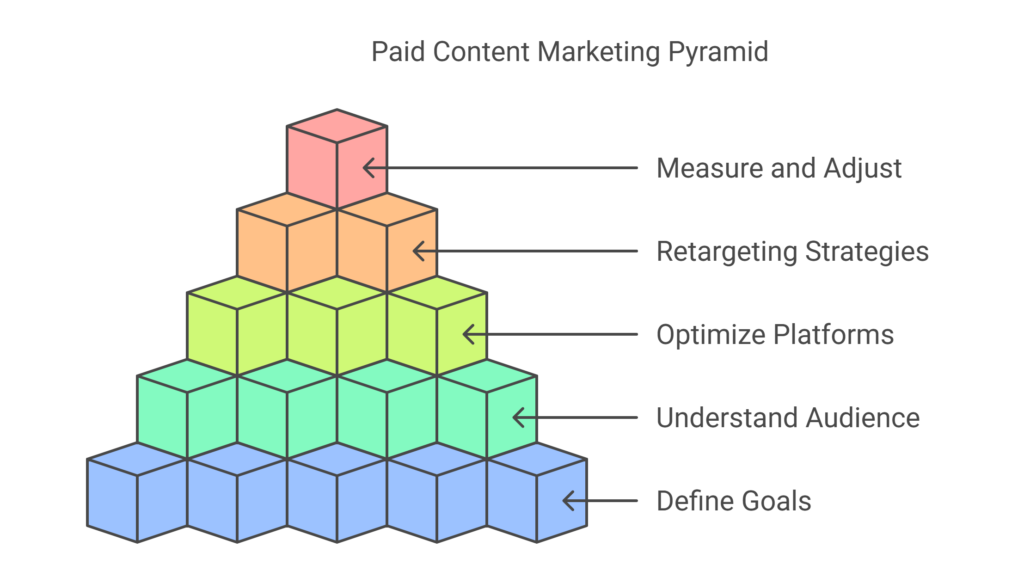
1. Define Your Goals
Before launching a paid content campaign, identify your objectives, whether it’s brand awareness, lead generation, website traffic, or conversions.
2. Understand Your Audience
Leverage data analytics to understand your audience’s preferences, pain points, and behaviors. This will help in crafting content that resonates with them.
3. Optimize for Different Platforms
Each platform has unique formats and best practices. For example, short-form videos perform well on Instagram and TikTok, while LinkedIn favors thought leadership articles.
4. Leverage Retargeting Strategies
Retargeting campaigns ensure that users who previously engaged with your content see your ads again, increasing conversion rates.
5. Measure and Adjust
Track performance metrics such as click-through rates, engagement, and ROI. Make data-driven decisions to optimize campaigns.
How TaskVirtual Can Help with Paid Content Marketing
TaskVirtual’s virtual assistants (VAs) can streamline your paid content marketing efforts, ensuring efficiency and maximizing ROI. Here’s how:
1. Expert Campaign Management:
Our VAs handle ad setup, monitoring, and optimization to ensure your paid campaigns run smoothly.
2. Content Creation & Scheduling:
From writing compelling ad copy to scheduling posts across multiple platforms, our VAs help maintain a consistent content strategy.
3. Market Research & Competitor Analysis:
Stay ahead with detailed reports on industry trends, audience behavior, and competitor strategies.
4. Affordable Pricing:
TaskVirtual offers cost-effective services starting at $3.12/hour to $14.99/hour, ensuring value for money.
5. Proven Reliability:
With 364 positive reviews and a 4.7-star rating on esteemed VA reviewing platforms, TaskVirtual is a trusted choice for businesses seeking quality virtual assistance.
Conclusion
Paid content marketing is a powerful tool for businesses aiming to expand their reach, engage with targeted audiences, and maximize ROI. With 79% of marketers maintaining active blogs and 77% of B2B marketers using paid content distribution channels, investing in paid strategies is no longer optional—it’s essential (HypeGig). By implementing the right tactics and continuously optimizing campaigns, brands can achieve sustainable growth in an increasingly competitive digital landscape.
